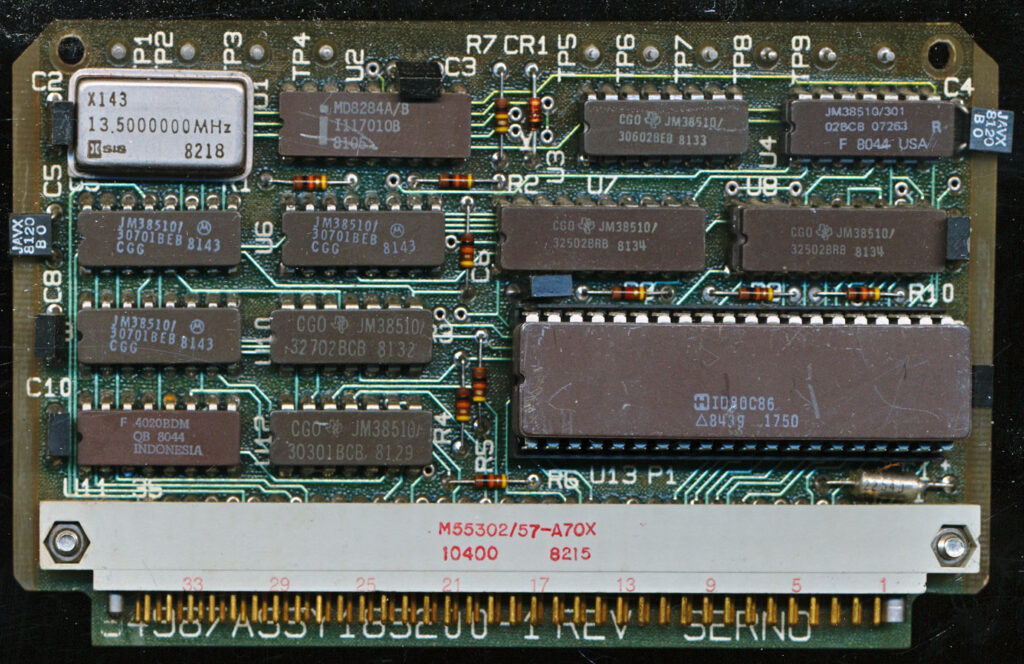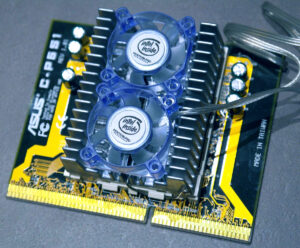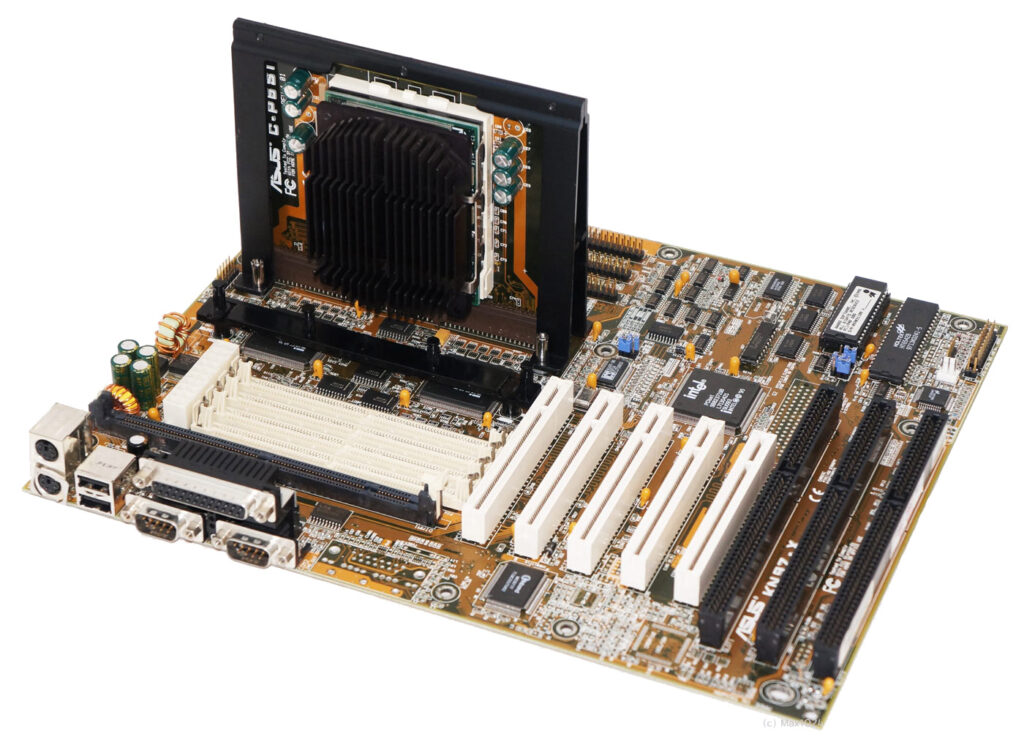Aircraft Instrumentation, Bitchin’ Betty and an 80C86 CPU
Quite the combination I know, but of course all related. Last week I got some boards in that were quite interesting. They were all fairly early serial numbered, from the 1980s and military in design. Now one thing about anything military is identifying it is pretty hard to do, especially when it hails from an era before the Internet. Many records from the 1980s have made it online, but OCR and transcription errors abound, a single wrong digit can turn an item made for a A-4 Skyhawk into a new blade from a lawnmower or a shiny new Navy mess tray.
Thankfully these boards all had a CAGE code which the US uses to identify each and every supplier. In this case that code was 94987 which is Cubic Defense. Cubic didn’t make lawnmower blades or mess trays but they did make a lot of instrumentation systems for aircraft (and they continue to do so).
It turns out that training fighter pilots is best done without having to use live weapons, for obvious reasons, but in all other aspects should remain as true to lifer as possible, and then be able to be analyzed after that fact in order to learn from mistakes, and see who gets bragging rights for pulling the most G’s. This means that the aircraft has to send and receive data as it would in combat, threat warnings have to go off when targeted, missiles have to be ‘launched (while being captive) at the appropriate times, and every aspect of the flight must be recorded, speed, roll rates, altitude, etc.
Cubic made pods, that attached to one of a fighters weapon hardpoints (typically the outermost) that did exactly that. These pods interface with the aircraft’s flight systems (using the standard 1553 bus) as well as with ground based systems on the training range, forming a complete picture of what is going on between all the aircraft taking part. These particular boards are from Cubic’s second generation digital pods, the P4 series (the first gen was, the P3). Specifically the P4A series. Each pod contained a vast amount of sensors, antennas and instrumentation to monitor and record what was happening, as well determine if a missile as ‘launched’ to or from the fighter.
At their heart was a Harris or Intel 80C86 processor, (Harris actually did the CMOS conversion on the 8086). This is one of the earliest applications of the CMOS 8086. In this case the 80C86 is running off of the normal 8284A clock generator and a 13.5MHz crystal. This results in a processor frequency of 4.5MHz, a bit under its 5MHz rating. This is pretty typical of military applications, it generates less heat, draws less power, and gives more margins. This particular board has a industrial spec CPU, later production versions had a full military qualified part (this board was a prototype).
Posted in:
Boards and Systems








